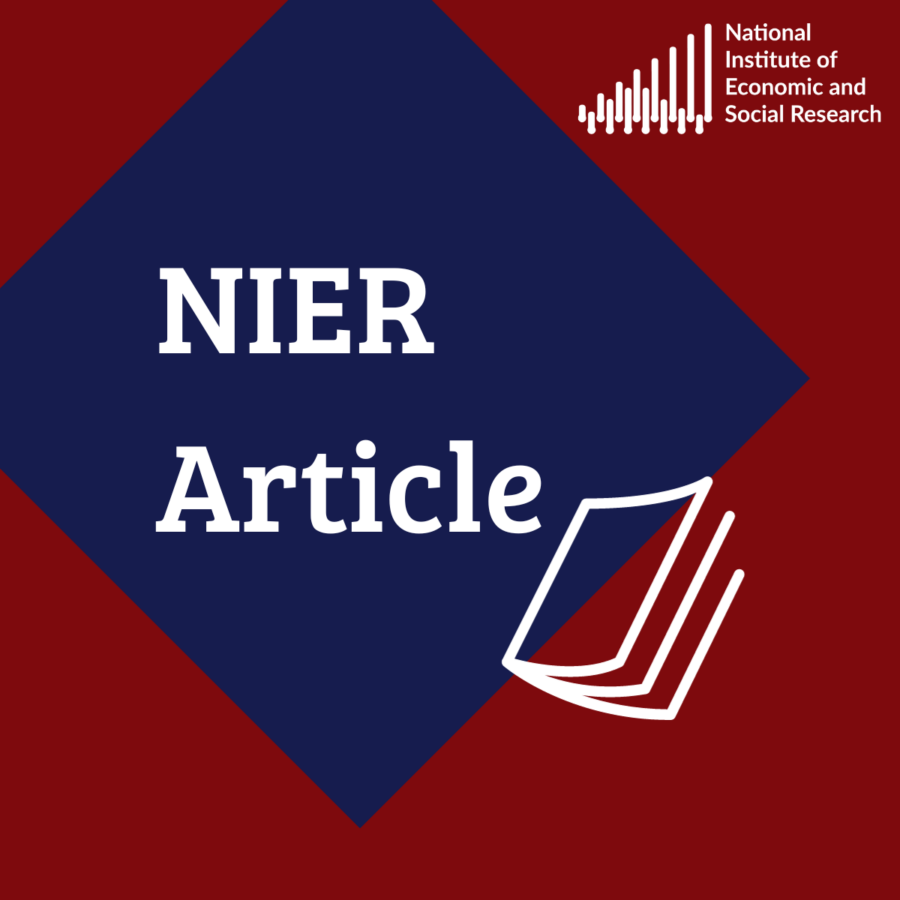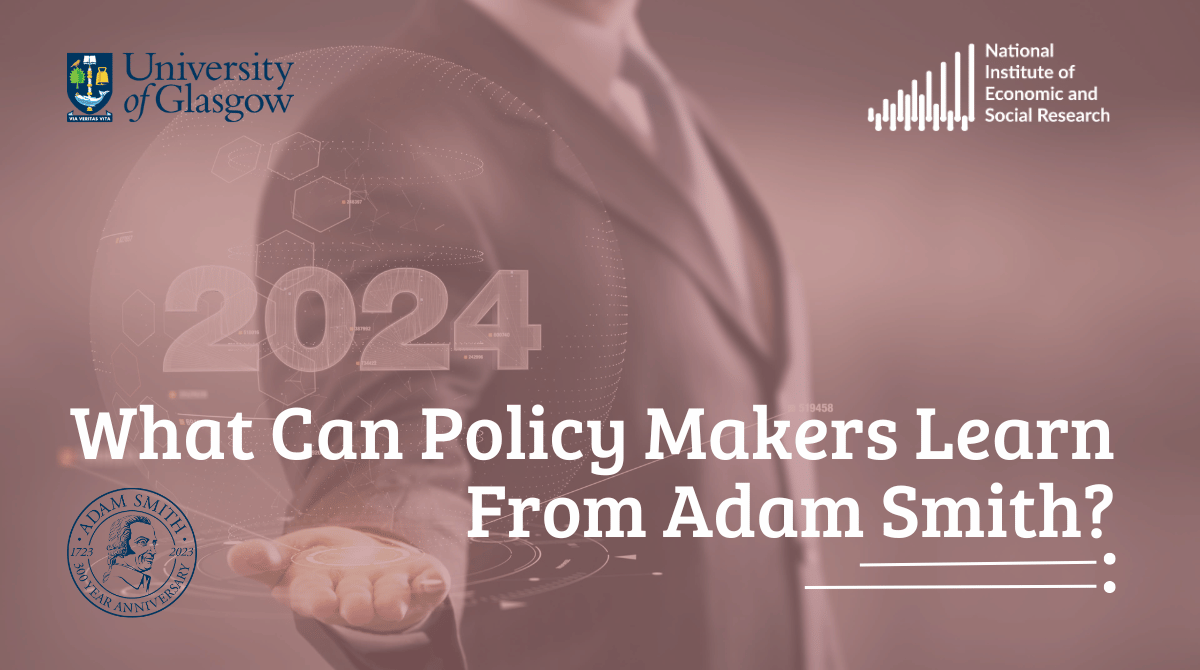Commentary: Immigration and its effects
 Pub. Date
Pub. Date
 Pub. Type
Pub. Type

Immigration since 1997 has expanded UK GDP by about 3 per cent.
In 2004/5 it contributed about 1 percentage point to the overall growth of 5.3 per cent in this period.
11.6 per cent of 25-34 year olds in the UK have arrived since 1997.
Immigrants from Central and Eastern Europe in 2004 and 2005 have been younger than earlier immigrants and more likely to work in low-skill jobs.
Unless immigrants make disproportionate demands on the welfare system, the structure of taxation means that they are net contributors to the rest of the economy.
Net immigration rose sharply in 1998 and remained at a level of about 150,000 per year until 2003. In 2004 there was a further sharp increase and immigration has probably continued at the new higher rate. The Labour Force Survey provides the best picture of the structure of recent immigration and the role of immigrants in the UK labour market. This shows that post-1997 immigrants comprise 5 per cent of the working age population. 27.6 per cent of post-1997 immigrants work in elementary occupations as compared to 18.9 per cent of the population as a whole. This difference is largely because recent immigrants from Central and Eastern Europe have disproportionately entered low-skill occupations. The employment pattern of other immigrants is more like that of the domestic population.
The economy had probably adjusted to immigration of the type which began in 1998, but the recent inflow from Central and Eastern Europe can be seen as an economic shock. Given the employment structure of these immigrants it is likely to depress wages in low-skill posts. Depending on the eventual occupational structure of these immigrants it may interact with the minimum wage and other labour market rigidities to lead to a small long-term effect on unemployment.
Immigration post-1997 has contributed directly about 3 per cent to GDP with 1 per cent accruing in 2004 and 2005. Since adult immigrants do not draw on public spending as children they are likely to make a net life-time contribution to the exchequer and thus contribute to the welfare of the rest of the population.
Please note that in the printed version of this text on page 8 of the National Institute Economic Review, in the second column, second paragraph a figure '60,000' should read: '150,000'.





















